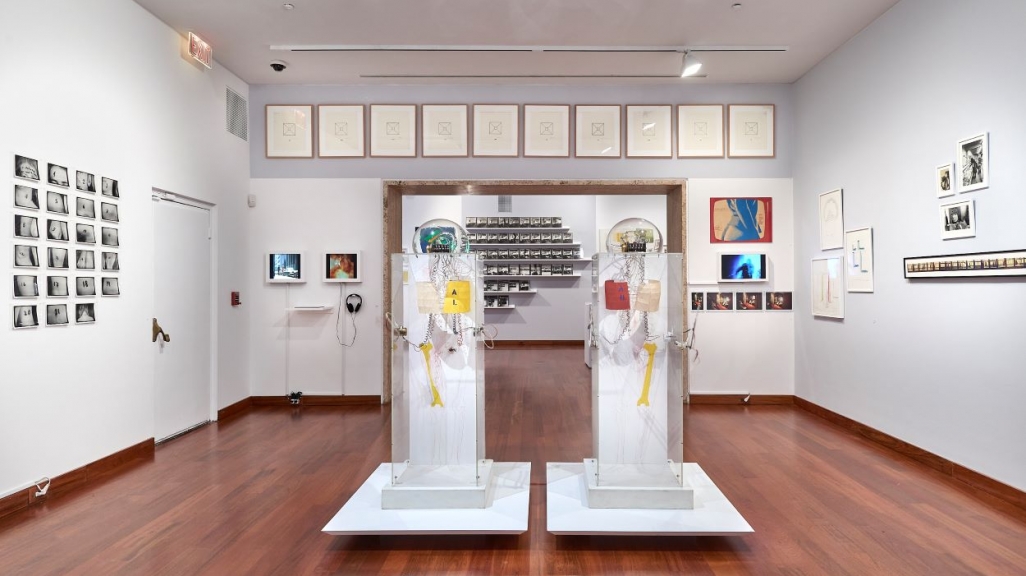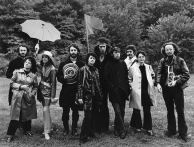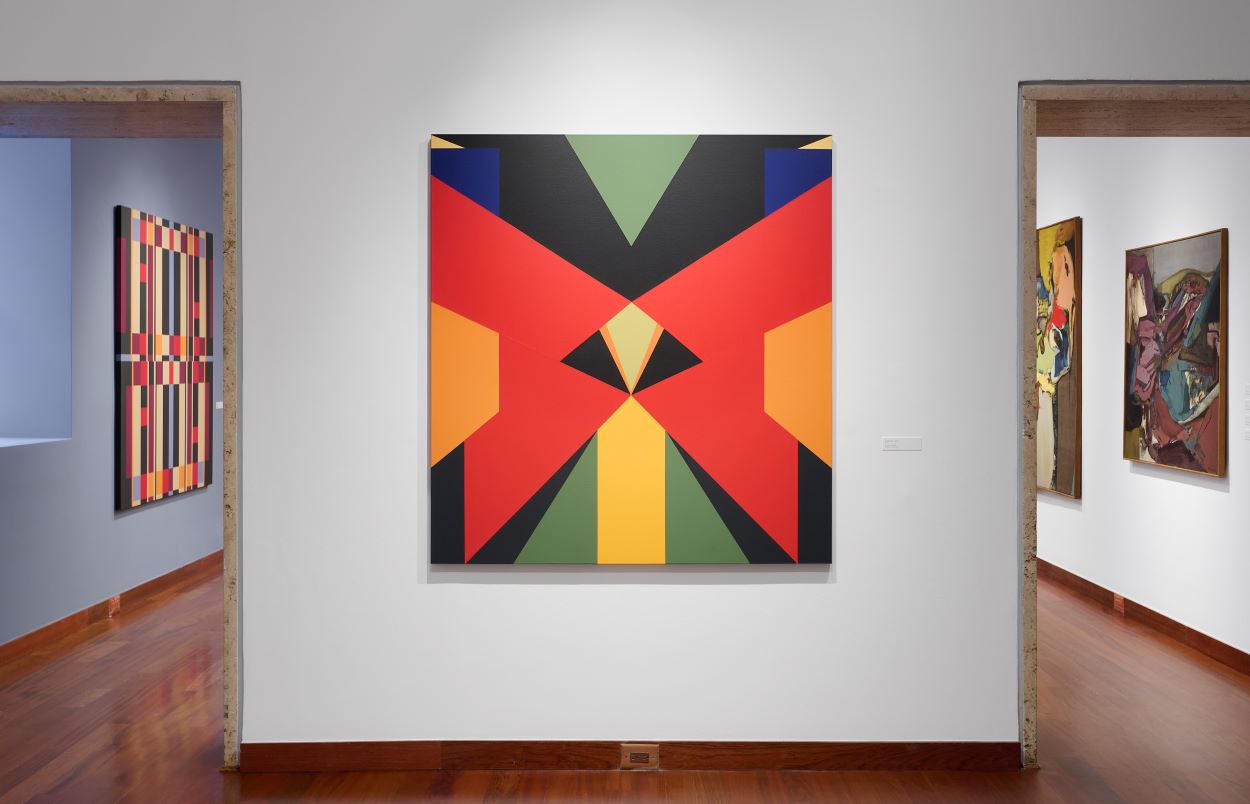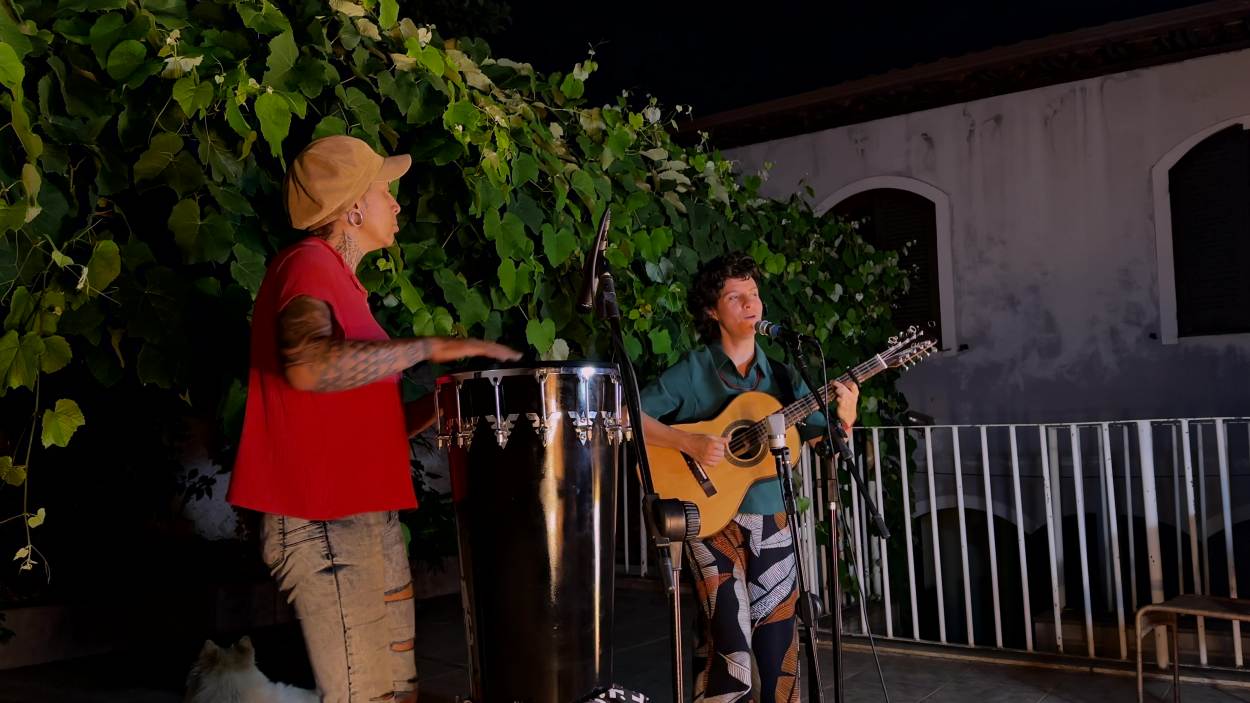How Latin American Artists Made New York a Creative Mecca
How Latin American Artists Made New York a Creative Mecca
"Latin American artists fomented New York’s cultural boom through at times fleeting yet supple collaborative networks," writes Ela Bittencourt in ArtReview.
With vibrant counterculture, cheap rent, myriad art and gallery spaces, plus burgeoning experimental film, dance and theatre scenes, New York during the 1960s and 70s was an exciting, albeit gritty, place to be. Organized by Americas Society director Aimé Iglesias Lukin, with over 40 artists across three rooms, This Must Be the Place captures the city’s frenetic pulse. Its true revelation, however, is the sheer diversity of Latin American artists who visited the Big Apple, often to escape oppressive military regimes back home. Some, such as Luis Camnitzer, stayed on. Others, while not establishing strong local roots, used their sojourns to experiment in new methods and media – as Hélio Oiticica did with film. Though archival materials in the show touch on political collective actions, its chief insight is that, as much as they were shaped by it, Latin American artists made New York a creative mecca.
This is the second installment of a two-part show (Part I closed this past December), both of which feature minimalist and conceptual artists reckoning with Pop art. In Part II, Eduardo Costa’s Fashion Fictions (1966–), a 24K-gold wearable sculpture photographed for Vogue by Richard Avedon encapsulates this affinity with advertising and commerce. The spectre of Andy Warhol as the quintessential New York artist haunts the galleries. Carlos Irizarry’s serigraph Andy Warhol (1970) reads as homage to Warhol’s iconic self-image and multiples. But the way Irizarry forces Warhol’s garish palette into a rigid grid and the smudgy Xerox-like surface subvert the originals’ mystique…
By including a vast array of experiential works, Iglesias Lukin makes a salient point that while we often view immigration as an isolating experience, Latin American artists fomented New York’s cultural boom through at times fleeting yet supple collaborative networks…
The exhibition explored the work of a generation of artists who shaped New York City's artistic and cultural landscape.










